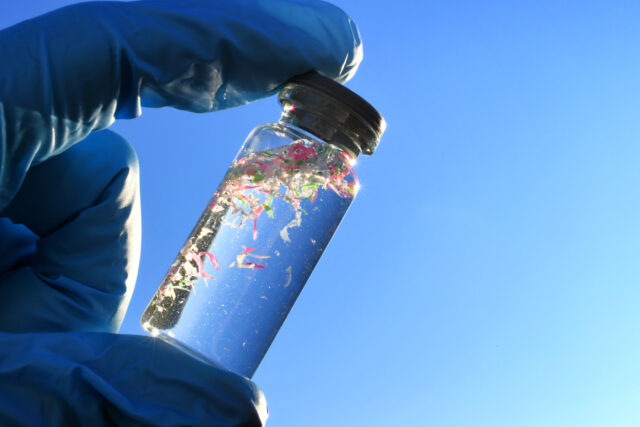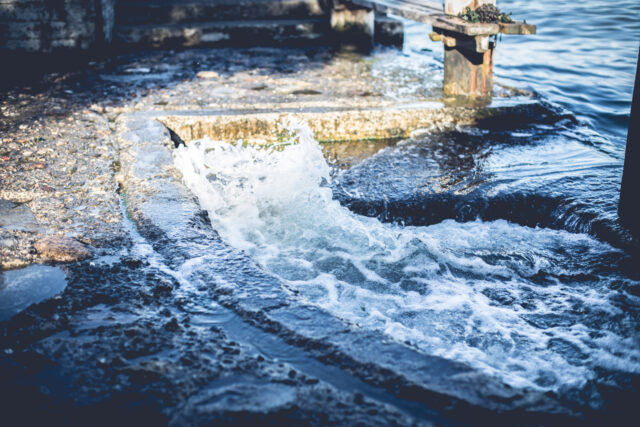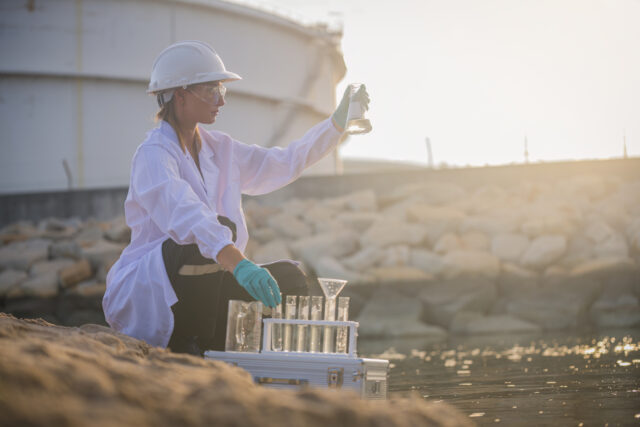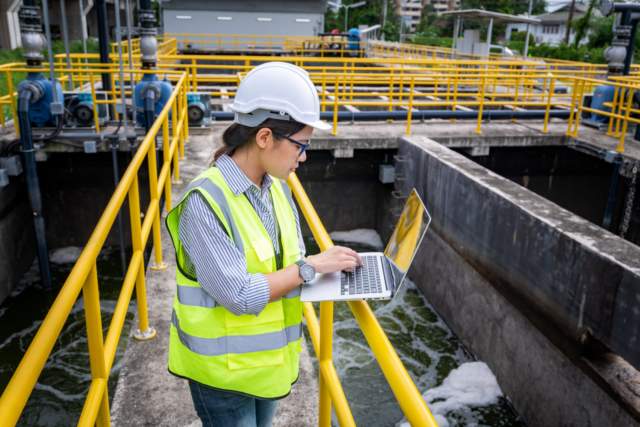A Simple Solution to Microplastics?
Recent research has unveiled a surprisingly straightforward method for mitigating nano- and microplastics (NMPs) contamination in drinking water, an issue increasingly plaguing our water supplies. This method, which aligns well with the principles of simplicity and cost-effectiveness desired in water treatment processes, involves the mere act of boiling calcium-rich tap water and subsequently filtering it. Such a procedure, as highlighted in a study published in ACS’ Environmental Science & Technology Letters, demonstrates the potential to eliminate nearly 90% of NMPs from water.
NMPs, varying in size from a mere one-thousandth of a millimeter to as large as 5 millimeters, are omnipresent in various environments, including water, soil, and air. The health implications of these particles are a growing concern, particularly their potential impact on the human gut microbiome. While advanced filtration systems exist that can tackle NMPs, the quest for accessible, inexpensive solutions is critical for widespread application and significant reduction in human plastic ingestion.
The innovative approach explored by researchers Zhanjun Li, Eddy Zeng, and their team hinges on the interaction between boiling water and the calcium compounds typically found in hard tap water. Their experiments, conducted with tap water samples from Guangzhou, China, involved spiking the water with NMPs, boiling it for five minutes, and allowing it to cool before assessing the remaining plastic content. They discovered that boiling facilitates the formation of calcium carbonate (CaCO3) incrustants, which encase the plastic particles, allowing them to be subsequently removed either through natural sedimentation or by a simple filtration step, like using a coffee filter.
This encapsulation process is particularly effective in hard water, where higher levels of calcium carbonate are present. The research indicated that in water samples containing 300 milligrams of CaCO3 per liter, up to 90% of NMPs could be removed post-boiling. Remarkably, the method still had efficacy in softer water samples, achieving a reduction of around 25% of NMPs.
For water treatment professionals, the implications of this research are profound yet implementable. This method presents a scalable, low-cost strategy that can be integrated into existing water treatment frameworks, especially in regions with hard water. It could serve as a preliminary treatment step, reducing the load on more advanced and expensive filtration systems downstream. The scalability of this method could be enhanced by adapting existing infrastructure to include boiling and filtration stages specifically designed for NMP removal.
Moreover, this approach encourages further exploration into the relationship between water hardness and other water treatment methodologies, potentially unveiling more such straightforward, efficient solutions. It also underscores the importance of interdisciplinary research, combining principles from chemistry, environmental science, and engineering to tackle pressing environmental health issues.
The study provides a promising avenue for water treatment professionals to explore, offering a simple, cost-effective, and scalable method to significantly reduce NMPs in drinking water. Its integration into existing water treatment protocols could not only enhance the efficiency of removing contaminants but also contribute to the broader goal of safeguarding public health and preserving the integrity of our water resources. As the fight against plastic pollution intensifies, simple solutions like this will be crucial in shaping the future of water treatment and environmental stewardship.
Resources: Environmental Science & Technology
















